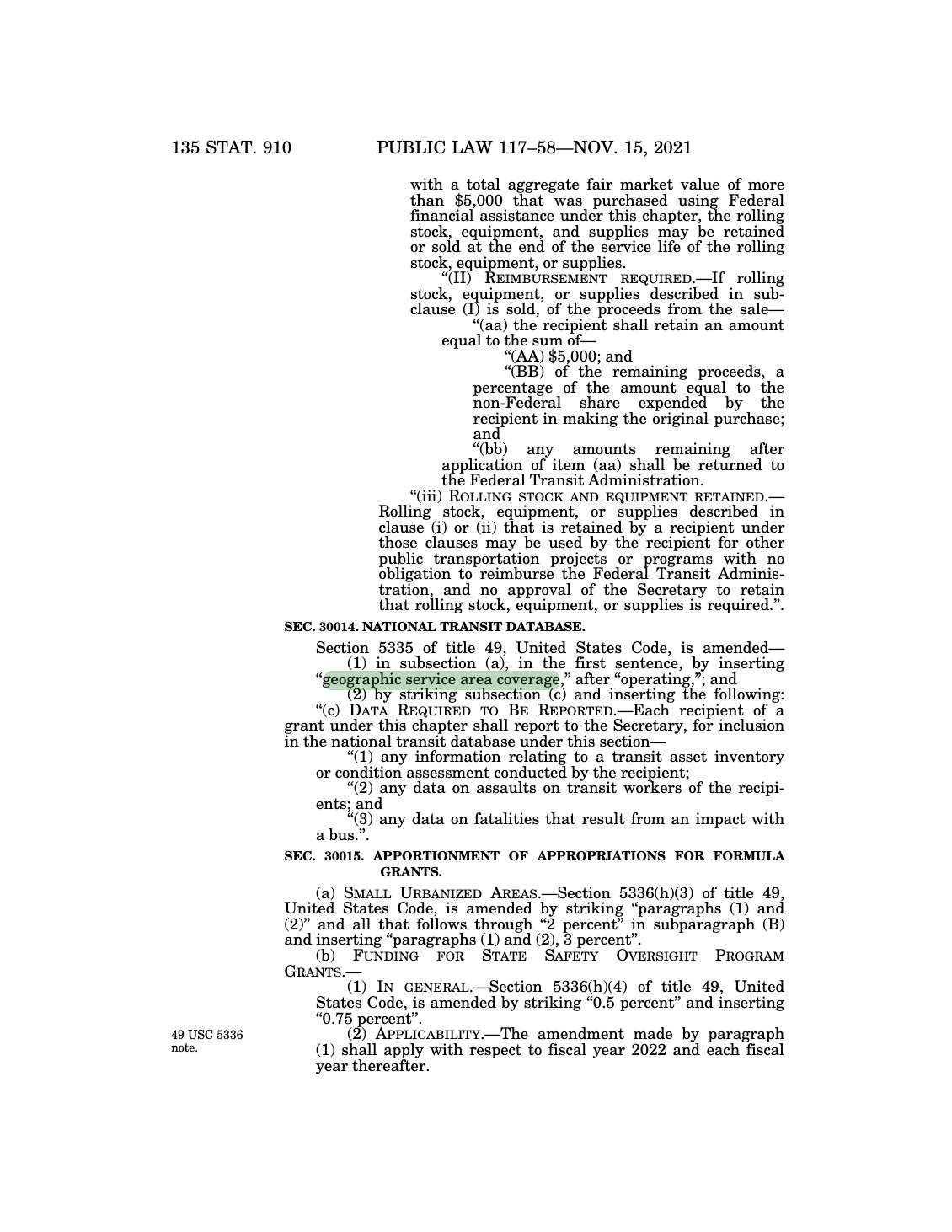The US Bipartisan Infrastructure Law passed by Congress and signed into law by President Biden in 2021 was big, very big. While most people have focused on the large sums of funding that are now becoming available to improve American transportation infrastructure, we’ve focused on one of the details: The “BIL” requires the US Federal Transit Administration to collect data on American transit agencies’ “geographic service area coverage.”

Proposal
To meet this requirement, the FTA issued a proposal on July 7, 2022 to collect static GTFS feeds from all American transit agencies that receive federal funds and operate fixed-route transit service. The Interline team submitted feedback to FTA based on our experience operating the Transitland open transit data platform, which aggregates GTFS feeds from nearly a thousand transit operators in the US (and over 3,000 when including other countries).
Adoption
On March 3, 2023, the FTA released responses to feedback and formally adopted its proposal, with no changes made to the GTFS reporting requirement. For more information see this notice in the US Federal Register.
Timing
While the NTD reporting requirements have now been formally changed, agencies will have some time until they begin submitting their GTFS feeds. In response to a question from Interline about timing, the NTD team tells us that:
NTD will begin collecting GTFS data in Report Year 2023. Agencies will submit 2023 data to the NTD beginning in October of 2023, and the associated RY23 data products containing GTFS data will be released in Fall of 2024.
Data release
When US National Transit Database Report Year 2023 data products are released, they will be available on the NTD Data website.
Improvements big and small
The word that’s been most often said in recent years about the BIL is that it’s a “generational” amount of funding and policy change for American physical infrastructure and transportation networks.
The collection and dissemination of URLs for GTFS feeds by the US Federal Transit Administration may not be as massive of a change in dollar amounts. Yet, this change still reflects a substantive development in the way that the US federal government engages with GTFS. We’re looking forward to seeing how FTA and other parts of the US Department of Transportation continue to promote and engage with transit data.






